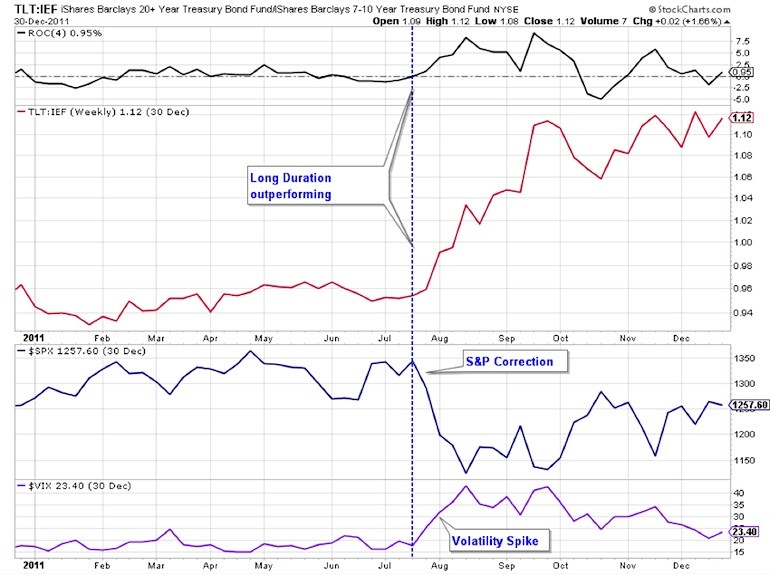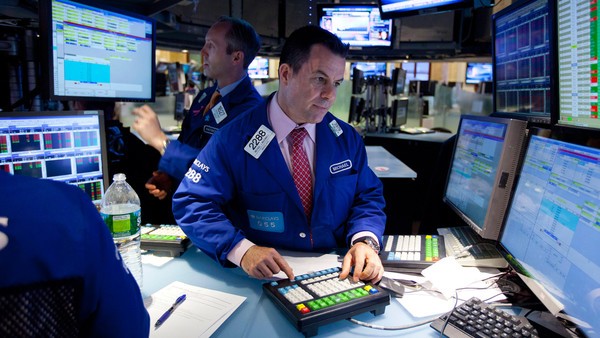Tactical Defense Is Best Strategy for Volatile Stock Market
Post on: 26 Апрель, 2015 No Comment

Getty Images
Traders work on the floor of the New York Stock Exchange during morning trading.
“Stay defensive, be in low beta stocks, and achieve returns through dividends,” counsels Mark Tepper, a financial advisor with Strategic Wealth Partners in Seven Hills, Ohio.
Dividend-paying stocks are one of the more popular recipes for coping with uncertainty. U.S. companies are hoarding cash, making quarterly dividend payments to shareholders currently a much more reliable source of returns than capital appreciation.
Yet rapid sentiment shifts and potential bursts to the upside could leave buy-and-hold dividend investors flat-footed, says Ben Sullivan of Palisades Hudson Financial Group in Scarsdale, N.Y.
“High dividend stocks may be seen as more stable, but they will not grow as quickly in a recovery,’’ Sullivan says. “[If you] try to defend against one thing right now, you position yourself for future failure.”
The better course is to be tactical in your stock allocation, say analysts, taking tax losses in cyclical sectors that suffer the most in a bear market and investing the proceeds in more defensive sectors, such as health care and consumer staples. Stocks in these sectors tend to have lower betas, a measure of how closely an investment’s return matches that of the market.

The S&P 500, for instance, has a beta of 1.0, while General Mills, one of the few stocks to eke out a gain on Sept. 22, when U.S. markets fell more than 4 percent, has a beta of just 0.22. Low-beta stocks tend to be established, blue-chip companies with the market leadership and steady cash flow to weather economic downturns.
Low-beta stocks tend to produce smoother returns and better downside resistance during difficult markets, according to a 2008 study by the Schwab Center for Financial Research. While having a low beta doesn’t protect against losses, Schwab found it to be a valuable tool in helping investors gauge the expected risk of individual stocks and stock portfolios.
Wall Street appears to be giving more credence to beta. The first exchange traded fund (ETF) Goldman Sachs plans to roll out will focus on lower beta stocks, according to paperwork filed last month with the Securities and Exchange Commission.
An existing ETF that targets low beta stocks is the PowerShares S&P 500 Low Volatility Portfolio. Owning the 100 stocks in the index with the lowest trailing volatility has enabled the ETF to outperform the overall index since its May 5 inception: losing just less than 6 percent, compared to a loss of 15 percent for the index.














